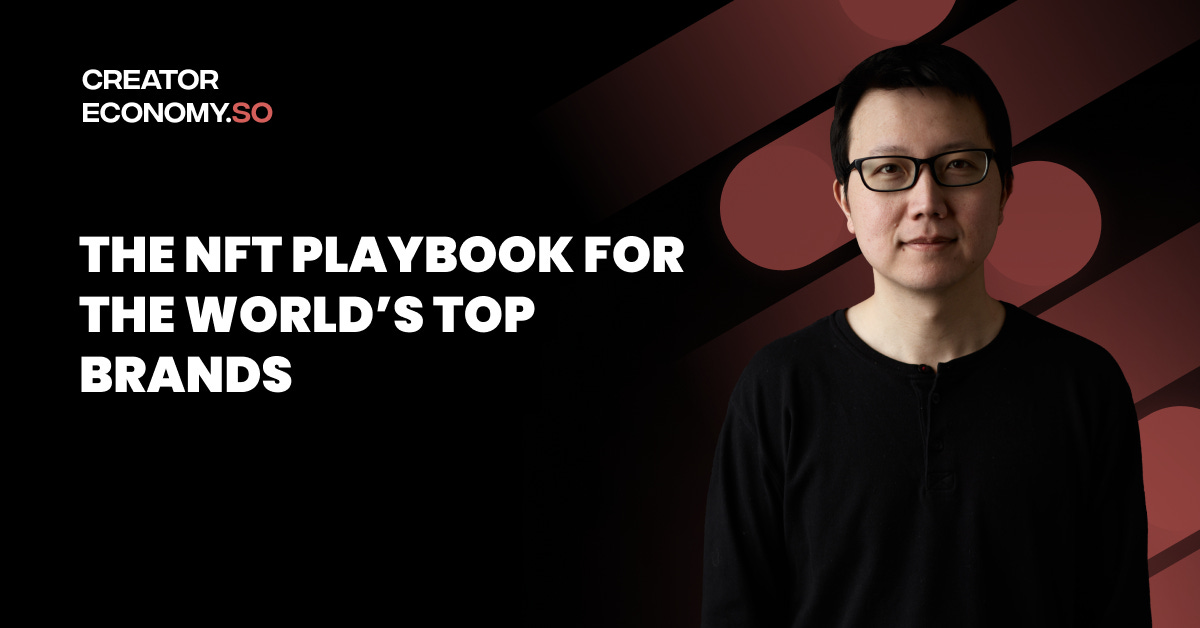NFT Playbook for the World's Top Brands
Why are traditional brands so into NFTs and how are they entering this space?
Level up your product and creator skills in just 5 min a week. Join 50,000+ readers:
Dear subscribers,
Crypto winter is here but don’t tell that to the world’s top brands.
Over 60 brands have launched NFT projects this year. Just last week, Tiffany & Co raised $12M after selling 250 “NFTiffs” for 30 ETH ($50K) each.
Let’s dive into:
Why are brands so into NFTs?
Which brands have launched NFTs?
What’s the NFT playbook for brands?
Why are brands so into NFTs?
Brands, like creators, want to skip the middleman to build a direct relationship with customers. Brands are using NFTs to:
Reach new audiences. e.g., Budweiser sponsored Zed Run, an NFT horse racing game, to reach a crypto-native audience.
Reward most loyal customers. e.g., Starbucks is launching NFTs for their 26M member loyalty program. Holders get digital rewards and special experiences.
Launch a new product and revenue stream. e.g., McDonald’s celebrated the 40th anniversary of the McRibs by giving people a chance to win McRib NFTs.
Which brands are launching NFTs?
I made a spreadsheet that lists over 60 brands that have launched NFTs this year based on AdAge data. Here are some observations:
The 3 most popular categories are:
Food & drink: e.g., Papa John’s, Pepsi, Buffalo Wild Wings
Movies & TV: e.g., Star Trek, Looney Tunes, Shark Week
Apparel: e.g., Gap, Pacsun, Urban Outfitters
Gaming is noticeably missing. Gamers are notoriously anti-NFT so publishers like EA and Activision Blizzard are cautious (Minecraft banned NFTs).
Some brands have launched multiple NFT collections. Paramount, for example, has collections for Star Trek, Top Gun, Rugrats, and other top IPs.
Not all launches have gone smoothly. Lacoste’s Discord server was hacked and Chevrolet’s NFT that came with a real Corvette failed to get a single bid. Pepsi’s NFTs had no utility and were ridiculed for this cringe exchange:






